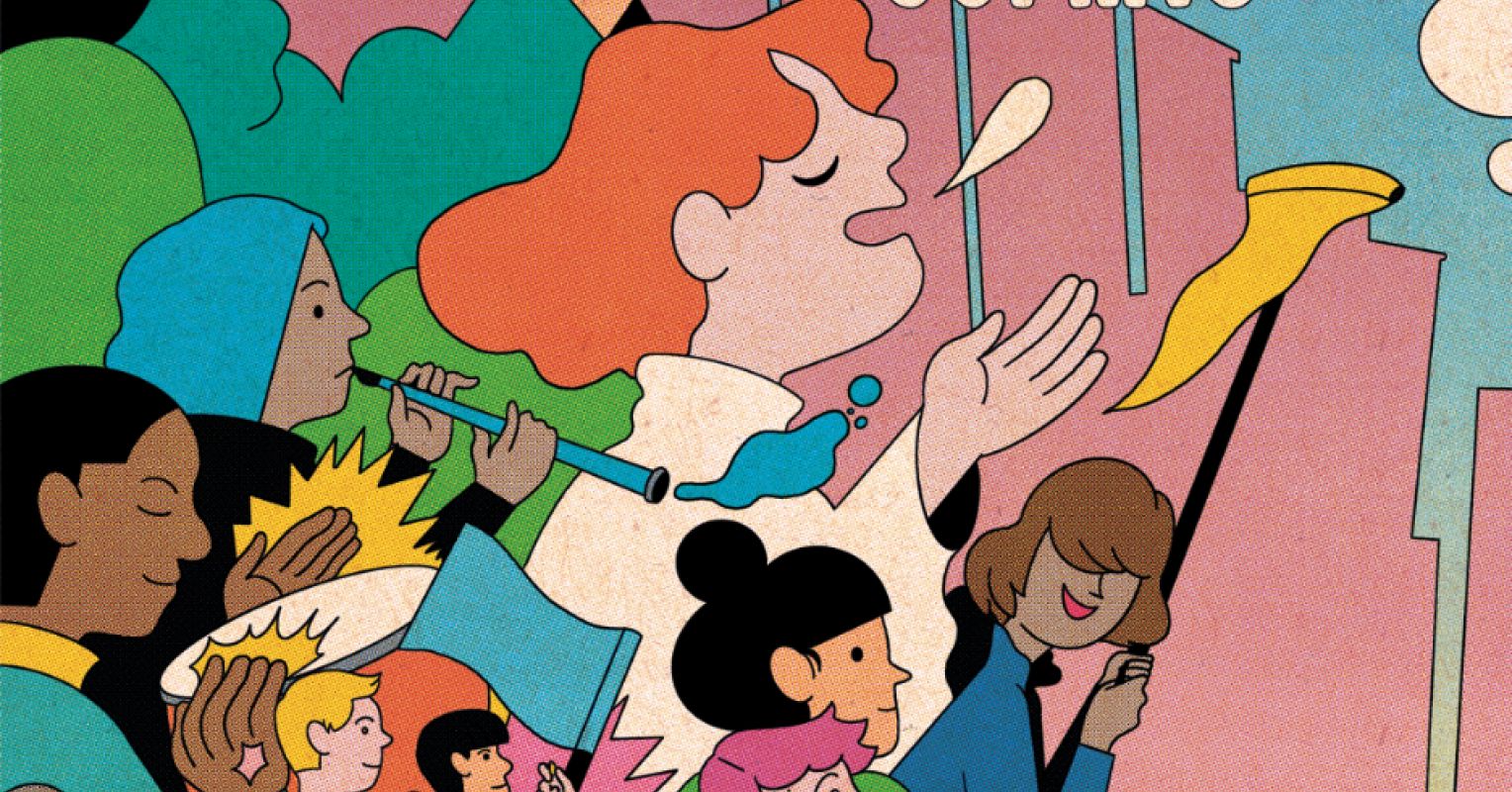
"Artivismis the blending of art and activism to promote social justice, collective healing, and individual empowerment (e.g., Shapiro, 2020). It draws on theory and research about how creativity and expression can shift cognition, emotions, and behavior in ways that support change and wellness. Often done as a collaborative effort, artivist work can involve psychological scientists, mental health professionals, artists, community members, NGOs, activists, and more."
"For example, a study by Kapitan and colleagues (2011) used art therapy in Nicaragua as part of a community-driven research project. The project partnered with a local NGO, which organized retreats where community members used art, dance, and storytelling to reflect on their lives. Instead of outside experts leading, participants themselves shaped the inquiry as co-researchers, using their own cultural symbols (like volcanoes, masks, and hats) to explore trauma, inequality, and hopes for transformation."
Artivism blends artistic practice with activism to advance social justice, collective healing, and individual empowerment. Psychologists and mental health professionals draw on research showing creativity and expression can shift cognition, emotions, and behavior to support change and wellness. Artivist initiatives are often collaborative, involving artists, community members, NGOs, activists, and scientists. Murals, spoken word, and participatory theater have been used to challenge racism, sexism, and colonial legacies while improving hope, agency, and solidarity. Community-driven projects engage participants as co-researchers using cultural symbols to explore trauma and inequality, generating healing, leadership skills, clearer community insights, and multiplied local impact. Artivism can be applied in therapy, research, and knowledge dissemination.
Read at Psychology Today
Unable to calculate read time
Collection
[
|
...
]